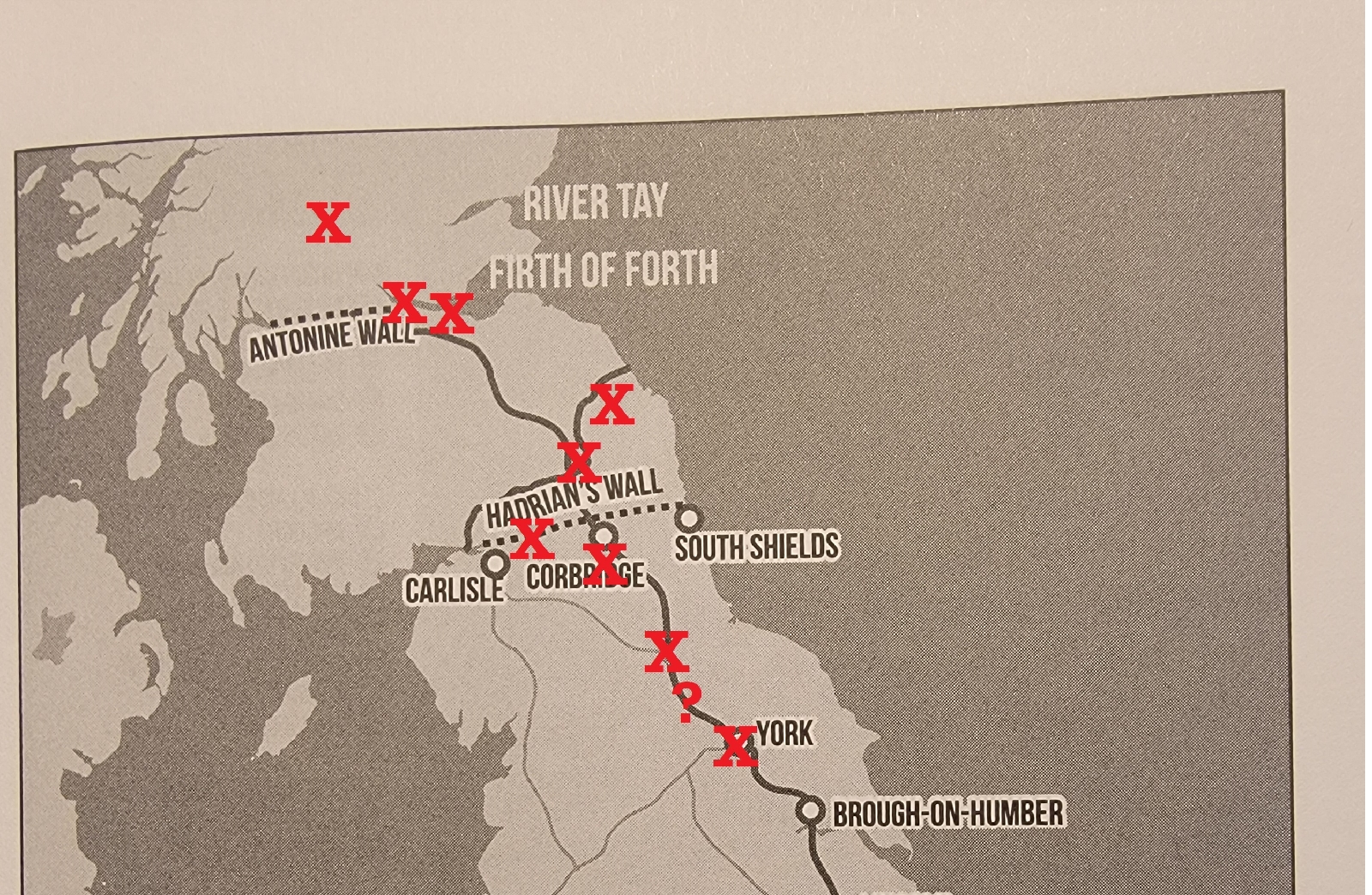ANNALS CAMBRIAE
HISTORIA BRITTONUM
The early Welsh tradition contains many wonderful stories of Arthur. But to date, after some three decades of study, I've found precious little history there.
In fact, to be totally safe, I've found myself forced to resort to only the two earliest documents in our possession: the ANNALES CAMBRIAE and the HISTORIA BRITTONUM. And even these sources have been critically assailed by modern scholarship. Some of the top academics in the field go so far as to view even the AC and the HB as fictional works, without any redeeming features that might prompt us to interpret them as anything more than early propaganda. A recent conversation I had with one of the leading modern skeptics, Professor Nicholas J. Higham, really reinforced for me how profound the disbelief in Arthur has become.
The problem has to do with lack of real evidence, plain and simple. There is no scientific testability available to us. The claims made in the AC and the HB exist in a curious vacuum and we are forced to either accept or reject those claims a priori. Doing even this last is made more difficult by our uncertaintly in regards to the proper identification of the places involved - for it is only the place-names which we possess.
series of Arthurian battles pointed strongly not to sub-Roman military actions in the North, but to solidly Roman ones. While I disliked it immensely, I found myself face to face once again with the specter of L. Artorius Castus.
It did not help that I had come up with a plausible new reading for the Castus memorial stone which would permit him to have fought under Severus during that emperor's major invasion of Northern Britain.
Nor was it comforting that the only way I could account for the later Arthurs of Irish-descended dynasties in Britain was to allow for the prototype of Arthur to be none other than Castus:
Over the past few weeks I have been pouring over all my old Arthurian theories, all of which are speculative constructs derived from various elements of the Welsh tradition. In each and every case I was unable to justify my earlier findings in light of what I now suspect to be true in regards to Castus.
This being the case, I now must admit to myself - and to my readers - that the only Welsh tradition I find potentially viable is the list of HB battles minus Badon coupled with the Camlan entry of the AC. The latter I admit only provisionally, as we all know Castus did not die at Camboglanna on the Wall. However, he might well have fought there or been involved in rebuilding of the fort there, and so I choose to allow for the possibility that some vague folk memory of an Arthur's presence at Camboglanna became embedded in Welsh tradition and was later utilized as the great hero's death-place. I have shown that Medra[u]t is an error for Medard, a Gallic saint who died in the same year as an Irish annal entry that corresponds to the Welsh annal entry for Camlan.
My final book (https://mistshadows.blogspot.com/2025/07/plan-for-final-nonfiction-arthur-book.html) will be an exploration of Castus as the Arthur, drawn exclusively from my own research and conclusions. This will be a work wholly independent of the theory proposed by Dr. Linda A. Malcor, one that also seeks to identify Arthur as Castus, but which (in my opinion) in based on an invalid epigraphical argument and insupportable suppositions.







